iPhone 3.0 to include peer-to-peer support, push notification (photos)
Among the changes are support for new business models for selling mobile software, including subscription sales to pay for continued access to software services, and the ability to sell add-on packages of new content, game levels, or similar expansions.
Bonjour Discovery
The new iPhone 3.0 software will also add Bonjour discovery support, allowing iPhone users to discover nearby devices without requiring them to set up an ad hoc Wi-Fi network. Instead, the device will use Bluetooth to discover other phones advertising their presence, a feature that can be used in multiplayer games and other applications.
The feature is automatic and doesn't even require the presence of Wi-Fi; developers just need to call on the feature and build in a menu to show it off.
Peripheral support
The next major update will also finally give developers access to hardware peripherals using the Dock Connector, with Forstall giving examples that included smart stereo docking devices, an FM transmitter controlled by an app, or even medical devices, referencing a slide of an iPhone connected to a blood pressure cuff.
Developers can not only hook these into existing APIs and formats but write their own custom protocols to ensure a device works correctly.
Maps
Apple will be converting the mapping engine behind its own Maps app into a general purpose API that developers can use to add mapping features to their own apps as well, including the same multitouch navigation control, street and satellite displays, and GPS plotting.
Core Location will also finally make turn-by-turn GPS directions possible, although developers will need to sell maps separately as Google's free maps are not licensed for GPS mapping. Many developers reportedly either have licenses to third-party maps or own the maps themselves, making this limitation a relatively small problem.
Background notifications
At last year's WWDC, Apple announced plans to roll out its Push Notification Server for the iPhone last September. The system never appeared, however, and triggered concerns that the company was either scrapping it or replacing it with true background app support.
The feature lets apps quit but continue to "listen" for data on a universal network channel that can send messages and other notifications, freeing up system resources but still permitting instant messaging and similar apps to keep watch.
After noting that ESPN delivers 50 million alerts every month, Forstall said Apple had ultimately been forced to redesign its background notification system to accommodate much greater traffic than it had originally anticipated. It now "scales," according to the Apple executive, and can be bolstered by additional servers or other resources as the amount of traffic increases.
He also said Apple had tested background apps on rival mobile operating systems from RIM and Microsoft and found background standby time dropped by 80 percent or more with background listening enabled.
Forstall noted that, in contrast, Apple's solution will only see standby time reduced by 23 percent. PNS will allow developers to push number updates that show an icon badge, text messages, and alert sounds to users who request background updates. Apple is customizing its PNS network for all 80 countries where the iPhone is available, making sure it's optimized across all of the applicable mobile networks.
Additional APIs
Apple is also adding a new API for streaming audio and video directly over HTTP, which is more secure and reliable for firewalls, and another for voice-over-IP. This will allow in-game voice chat and other features that aren't an option today. Other new APIs to be released in iPhone 3.0 will allow access to the iPod portion of the iPhone's media library, control of the proximity sensor, audio recording features through a Voice Memos feature, a battery API, support for data detectors, and text selection.
 Prince McLean
Prince McLean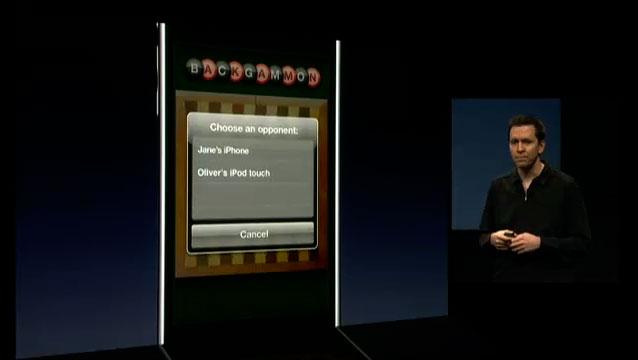
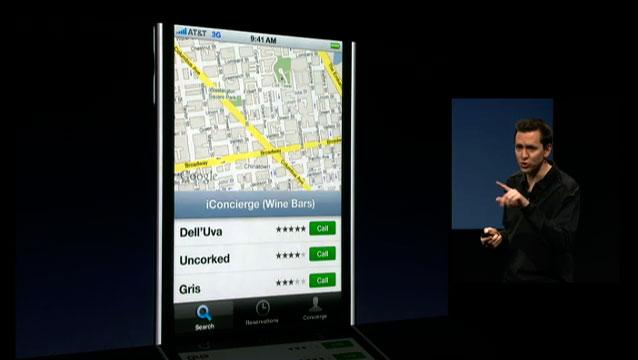
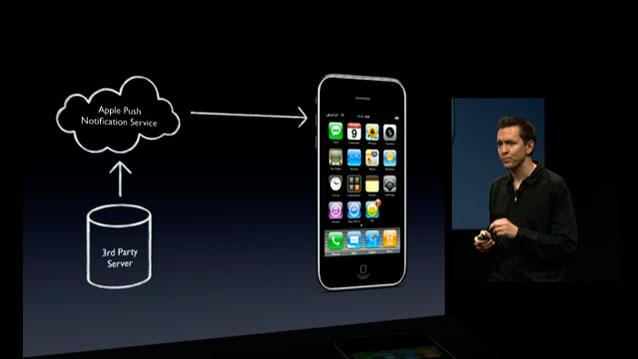
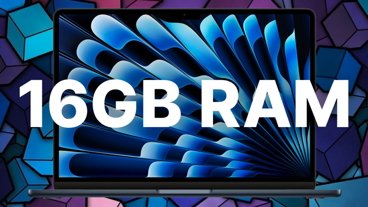
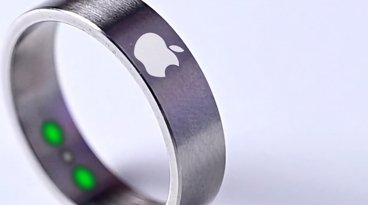
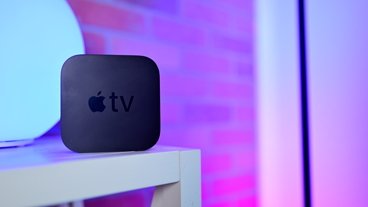

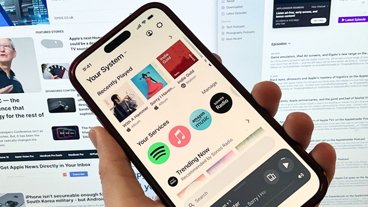
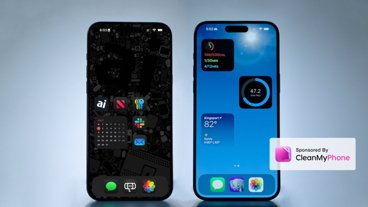

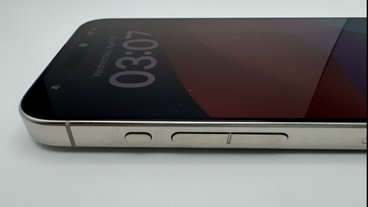
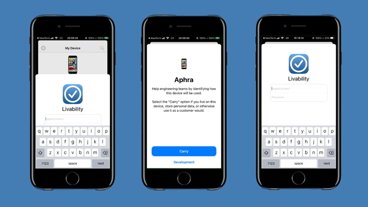
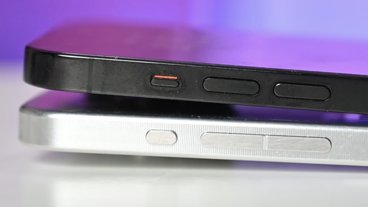
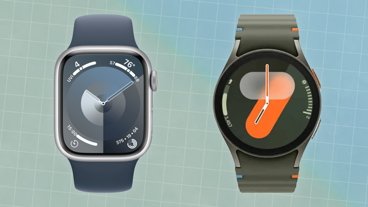

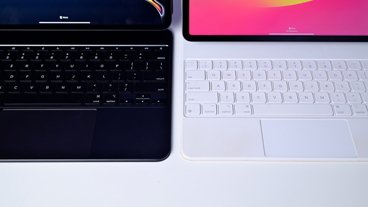

 Amber Neely
Amber Neely
 Thomas Sibilly
Thomas Sibilly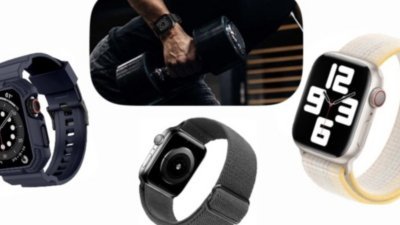
 AppleInsider Staff
AppleInsider Staff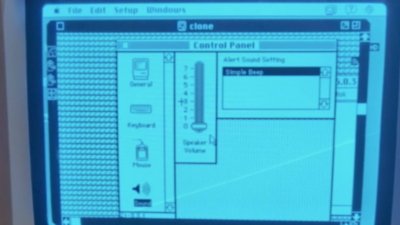
 William Gallagher
William Gallagher
 Malcolm Owen
Malcolm Owen
 Christine McKee
Christine McKee
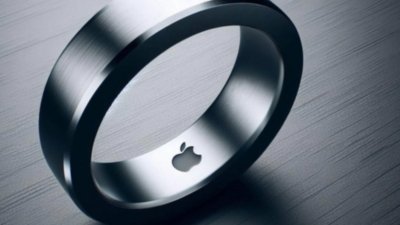
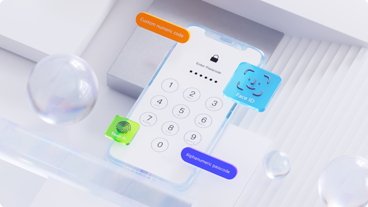
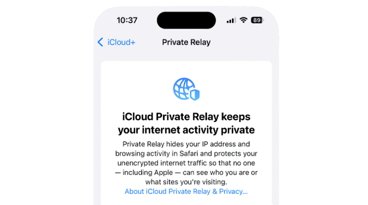

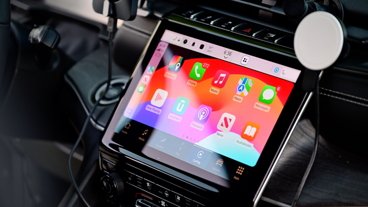
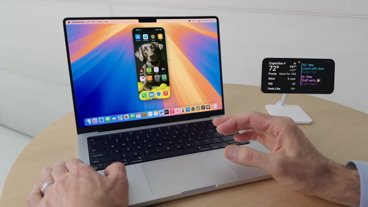

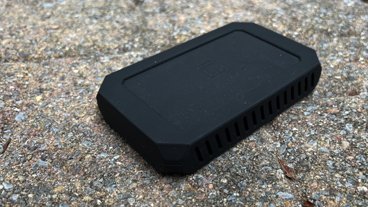
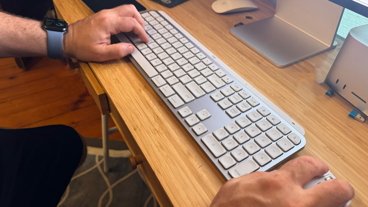

20 Comments
RIM start your Photocopiers!
As a developer, I'd say that was the biggest gap to making some really interesting "community" apps. Finding other players was easier with Bonjour on a local subnet, but if two people were standing next to each other with iPhones, you had to get some third-party server and some location hacking to find each other. Now it'll be a lot easier to create impromptu multiplayer games between iPhones on busses, trains, offices, basements, whatever.
Great stuff.
Was anything mentioned about tethering? I would love to get rid of my Sprint AirCard.
The opening of the dock connector alone (for me) is a serious plus for allowing third-party hardware add-ons. This will open the door to a huge market. I'm looking forward to this as a developer!